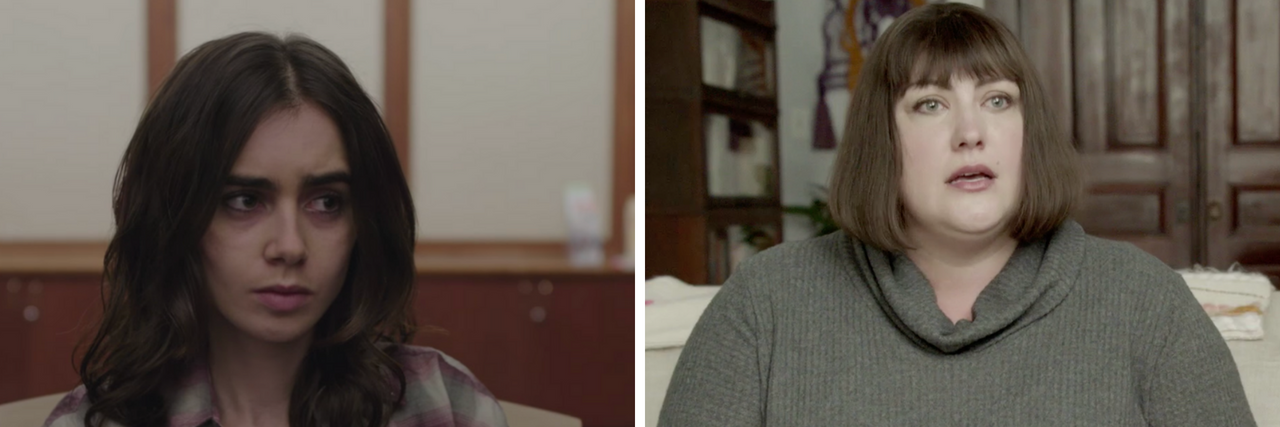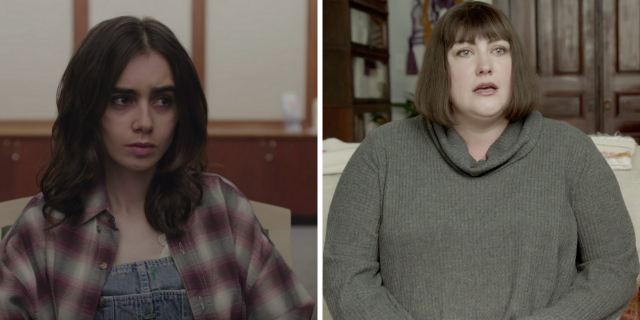Mac’s Guide to AMC
Today is June 30, which for people like myself is a very special semi-holiday known as AMC Awareness Day! But you knew that, right? Of course you knew that today people across the world are posting pictures of themselves in blue to show support for my disability, right?
Okay, I’m being sarcastic. There are indeed many people wearing blue today, some for AMC, but I know there’s a lot more who have no idea what I’m talking about. And that’s perfectly okay! It’s impossible to know about every disability and how to best show your support. But as someone with AMC, I can’t help but try to let as many more people as possible know what it is. So prepare yourself, reader, to become a more educated person!
AMC stands for Arthrogryposis Multiplex Congenita, which essentially means “born with curved joints” in Greek. So that part is pretty self explanatory. But because AMC isn’t really diagnosis in itself, it’s more like a group of symptoms that can be caused by something else, there are a lot of different types of Arthrogryposis. The type I have, Amyoplasia, is most common with about one in 10,000 live births. For any type of AMC, it’s about one in 3,000 live births.
Since Amyoplasia is a condition I’ve lived with all my life, I’m going to focus on that for this article. I’d really hate to give out any misinformation about another type, and sometimes no amount of internet research can keep that from happening. So with the basic idea of Arthrogryposis in your head, here’s a few facts about Amyoplasia that I feel are important:
1. Amyoplasia isn’t genetic. It’s caused by a lack of movement in the womb, which in itself can have a lot of different causes.
2. Curved joints aren’t all. Underdeveloped muscles, club feet, limited range of motion, soft skin, fused or stiff joints, and thin bones are some of the other symptoms.
3. I have AMC in all four limbs, but that’s not the case for everyone. Sometimes only one or two limbs have all of their joints affected, while the others are normal or have less severe contractures. It all depends.
4. Amyoplasia isn’t really something that can be cured, but it can be treated. Splints, physical and occupational therapy, assistive technology and sometimes surgery can make a world of difference in what people with Amyoplasia can do.
5. Everyone is different. Because it can have so many causes, and affects different joints and limbs to different degrees, no two cases of Amyoplasia will look exactly the same. This is why it’s important to remember that none of us are experts just because we have this condition, and so we can’t speak for the whole Arthrogryposis (or even Amyoplasia) community. Myself included.
So that’s it for today! I hope my guide wasn’t super boring, and thanks so much for reading! Thanks also to anyone wearing blue for us today, or who took the ArthroPIEposis challenge this month! I’ll post my picture later today. #ArthrogryposisMultiplexCongenita #Arthrogryposis #Disability #Selflove #CheerMeOn #DisabilityAdvocacy #MyCondition #AMC


